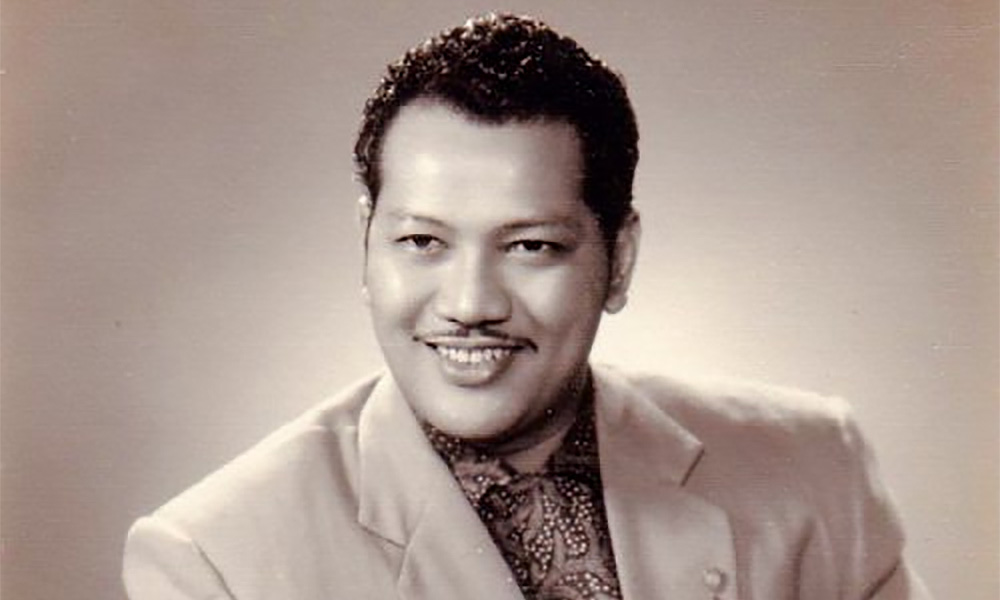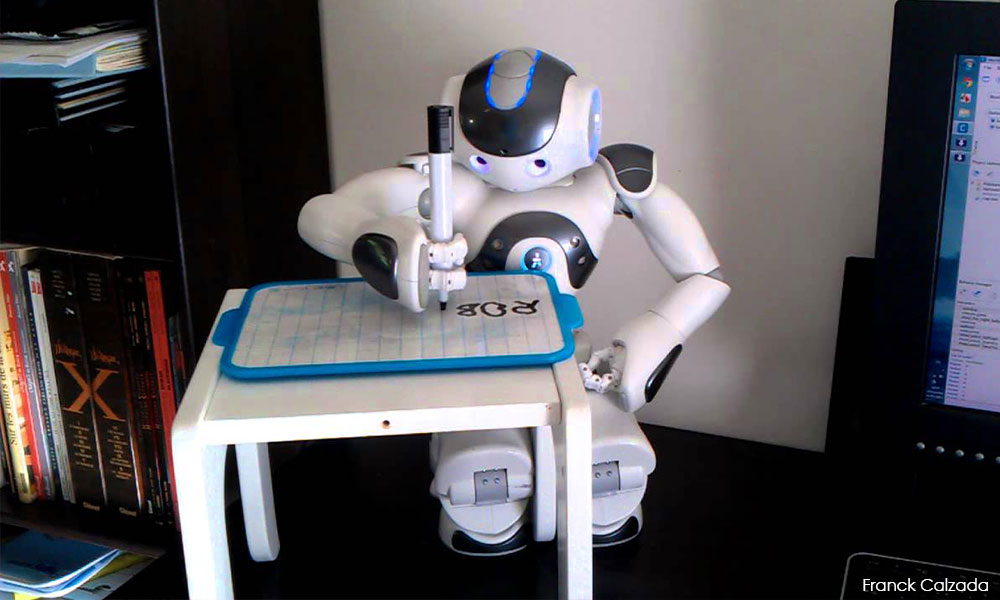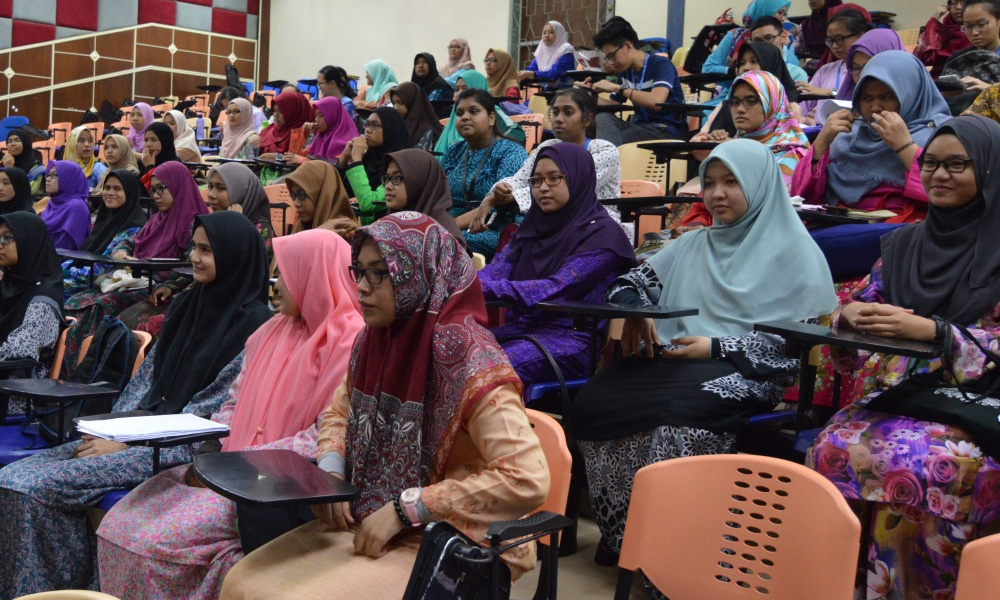
Opinion
Pathetic exam question about a problematic, not iconic, person
COMMENT | The question on the preacher Zakir Naik (above) is simply strange for a test item at a university-level course as foundationally important as “Ethnic Studies”. From my decades of constructing multiple choice and essay questions, from middle school to high school to college level, my question is this: what kind of question is that?
If it is a multiple-choice question, this means that the students do not have any choice, but to regurgitate the “facts”. If the facts say that this and that person is “iconic” and preaches the “truest Islam”, then there is no room for subjective and alternative views however absurd, combative, and demeaning the preaching may be.
If exam questions are to test students' understanding of what the lecture materials are and what they have been taught, then the lectures are about Zakir Naik being an icon of Islam. How can that be possible when Ethnic Studies is about offering perspectives of what constitutes a person worthy of being called an “icon”?
To me, as a Malaysian, P Ramlee is an icon, as one example. Yes, in case the younger generation don’t know who this great Malaysian is, better start finding out. P Ramlee is an icon par excellence, suitable for all Malaysians.
Zakir Naik is not iconic, but instead, problematic. The difference between P Ramlee (below) and Zakir Naik is like the distance between Earth and planet Wakanda. My heart goes to the minds of the young Malay-Muslims of my beloved country, constantly at the mercy of ideologues who wish to destroy society.

How much longer will the Malays, especially, be stupefied by such an approach to education?
The biggest question is: what are they teaching in Ethnic Studies? A newer version of the junk Biro Tata Negara spewed during the BN "glory" years of “anak kecil main api” (the iconic-moronic song of a child playing with fire, and next vaping towards ignorance)? I don’t know.
The person who wrote this question need to take a basic course in item construction in Assessment and Evaluation; next learn what testing means; understand the link between what is taught and what is tested; next learn what biases are, and perhaps learn to decide what item to put in a test.
We have not yet talked about why the word "icon" is thrown in there and whether the university is okay with putting that Mumbai preacher's name in a test that ought to be about "Malaysian ethnic relations and how to build a good one" rather than to promote this and that ideology.
Not forgetting that it is utterly stupid to put this kind of question as multiple choice, as if students are not allowed to decide if Zakir Naik is an "icon" or simply a TV-preacher wanted in his country of origin. Perhaps the lecturers are not ready to handle essay questions concerning iconic man this and that, as well as the rise of Wahabi-ism and how it is a threat to multicultural Malaysia.
Safer for those Ethnic Studies teachers to dumb down the students with such a strange, ideologically desperate multiple-choice item that has only ONE right answer to however dumb the question might be. Yes, we are good at producing one-dimensional beings for easy control. And to manipulate.

But there is hope if we are serious about teaching sense and sensibility.
Why not teach these?
New bumiputeraism. Radical multiculturalism. Humanism. Evolving self. Alternative futures. Social reconstructionism. Counter-factual and alternative historicising. People's history. Power and ideology. All these concepts can be taught to our students of this new Malaysia, those young and curious minds that need a new understanding of Malaysian nationalism or "Bangsa Malaysia".
How do we teach these concepts?
We can involve students in activities that allow them to explore the meanings and mechanisms of culture. We can have them examine the universal and the particular in human motivation, behavior, attitudes, values and beliefs.
We must expand their understanding of the dynamic nature of culture and increase their awareness of their own place in global cultures and subcultures. and the challenges and opportunities such situations present in cross-cultural communications.

We can get our students to construct alternative futures that draw out the ethical humanistic values into an integrative concept of New Bumiputeraism based on the premise that we are all human beings sharing a living space in a time borrowed, and that the litmus test of it all is how we treat fellow human beings with knowledge, understanding, and wisdom sound enough to make each other see through the lens of race, colour, creed.
If we resolve this issue of bumiputera versus non-bumiputera through education for peace, justice, and tolerance, we will see the demise of race-based politics, and the dissolution of political parties that champion this or that race. Ethnic Studies as a vehicle of change for culture and consciousness will do the job successfully if it's in the hands of skilled trainers and professors who are colour-blind.
The challenge: do we have colour-blind professors/educators who will profess colour-blind ideology? I hope we have them in all our public universities. After all, their training should allow them to be true to the subjectivity of culture and the sensitivity to race and ethnicity.
In fact, if we are sincere in developing our students' intelligence, we should have them revise our Ethnic Studies module from time to time - so that we may not be the "sage on stage", but a "guide on the side".
Kings, queens, datuks, datins, slaves, serfs, sultans, subjects, Malays, Chinese, Indians, Kadazans, Ibans - all these are artificial constructs. Through time, space, and place, we create these constructs to enable or disable our understanding of what it means to be human.
Let us fight apartheid, bigotry, arrogance, racism, and disabling cultures through education. It might be a long battle, but this is going to be a great victory for our children.
But first, start finding our real Malaysian icons - P Ramlee is one of them. Not some strange outsider preaching the strangest version of Islam I have ever heard.

(2).jpg)
No comments:
Post a Comment